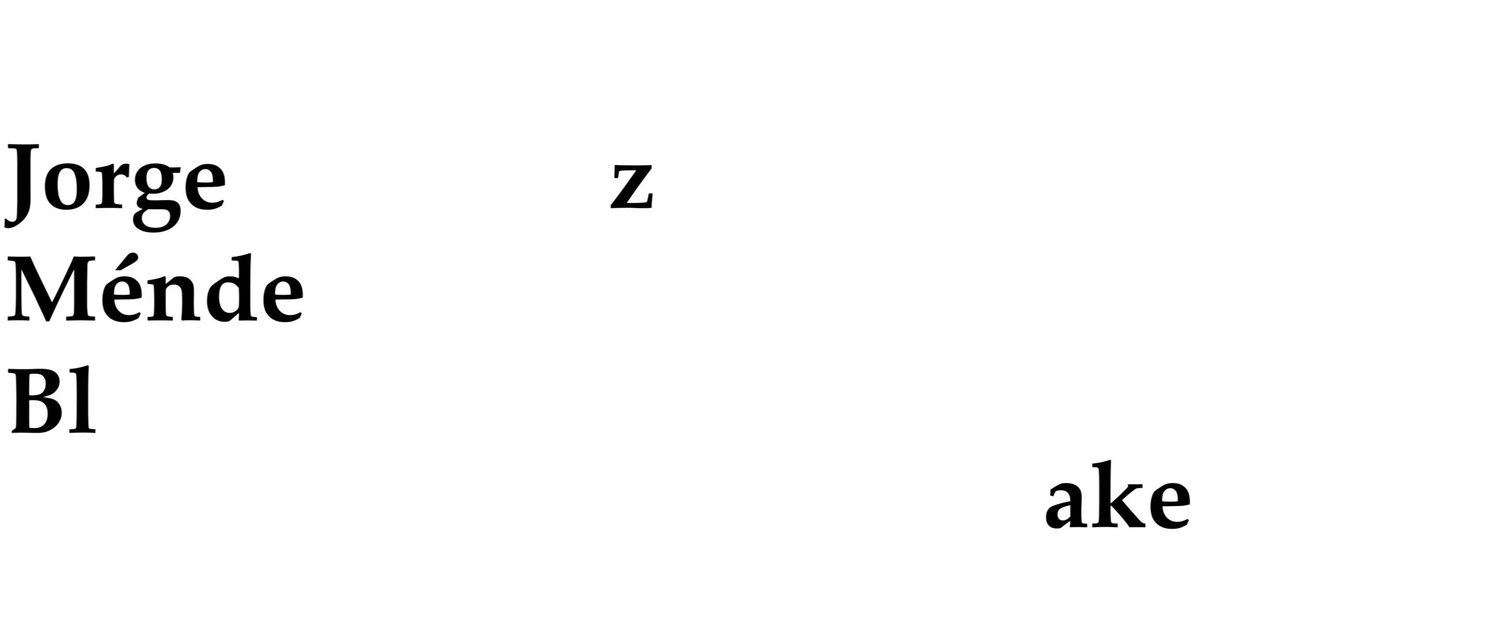For English Scroll Down
Biblioteca Mallarmé - Jorge Méndez blake
En esta exposición titulada BibliotecaMallarmé, el artista vuelve una vez más a establecer ese vínculo que parece indisoluble en su obra entre arte, literatura, y arquitectura.
En esta ocasión reformula el concepto de biblioteca, esta vez desde una biblioteca-naufragio, una biblioteca encallada en la costa, a modo de barco naufragado. Todo ello se articula en torno al poema del simbolista francés Stéphane Mallarmé “Un tiro de dados jamás abolirá el azar” (Un coup de dés jamais n’abolira le Hazard, 1897), última y más experimental obra del poeta.
Estudiando la tradición moderna de emparentar poesía y artes visuales, pero sobretodo el legado del artista belga Marcel Broodthaers, -quienredujo la estructuray realizó un análisis conceptual de la misma obra de Mallarmé- , Méndez Blake retoma una vez más los versos del poeta para dar forma a la obra que da título a la exposición: Biblioteca Mallarmé. La tradición crítica en torno al famoso poema del poeta francés gira entorno a tres puntos principales: el espacio, el silencio y la imposibilidad de la escritura. Méndez Blake reinterpreta ésta tradición y, utilizando la arquitectura como herramienta conceptual, imagina una biblioteca encallada en la costa derivada directamente de la formalidad del poema. Así, la espacialidad del poema, resaltada antes por Broodtahers, alcanza ahora una dimensión tridimensional, mientras que la tipología y el emplazamiento -edificios como naves encalladas en la costa-, sugieren diferentes interpretaciones culturales acerca de la lectura, la escritura y el conocimiento.
El naufragio, como sino de la modernidad y tema principal del poema de Mallarmé, aparece como tema vertebral de la exposición. Otra de las obras es un gran mural de un mar embravecido, tomado de un grabado titulado The Shipwreck (1875) del escocés William Miller, basado a su vez en una pintura de Turner. Ésta misma idea de la apropiación o relectura histórica aparece de nuevo en una pequeña pintura, re-make de una pintura de Manet de 1876, un retrato del poeta, a la que se le ha cambiado el color de fondo por un tono oscuro.
Varios dibujos, bibliotecas de pared con distintos acomodos de libros basados también en el poema de Mallarmé y las ya conocidas obras con construcciones de ladrillos y libros completan una exposición que se desarrolla con una mirada histórica al perenne naufragio de Mallarmé, a la sutileza del tratamiento en Broodthaers de la obra de éste, y a la nueva visión de Méndez Blake que los rescata para dibujar, más de un siglo más tarde, un nuevo escenario poético y arquitectónico, que nos sumerge de nuevo en el naufragio inevitable.
Silvia Ortiz
***
